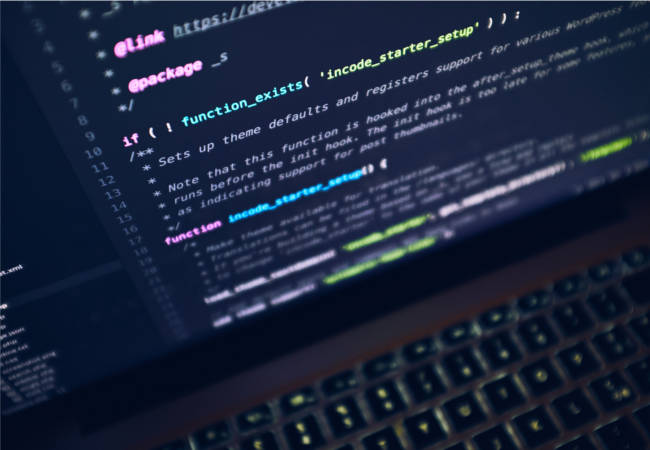When a non technical person, (and even most technical people actually), who have heard about ‘machine learning’ but have never really delved into it, hears the term ‘machine learning’, they usually think of Artificial Intelligence and sophisticated algorithms, or basically translates it to ‘computers that can learn about our behaviors’. Or something along those lines, but how exactly does it work?
Machine learning is a buzz word, mention it and maybe you can sound cool, though don’t get me wrong, it is pretty cool, but what’s even cooler is actually understanding what it means and how it works. Often times it is over complicated with deep explanations leaving you more confused than you were before.
I recently came across an article by YK Sugi titled:
In that article he gives a great explanation to what machine learning is, and provides a really nice and straight forward example to illustrate it, clearing up any confusion you may have. That bit of the article is below; to read the full article click on the link above 🙂
First of all, let’s review what machine learning is.
I think the best way to explain what machine learning is would be to give you a simple example.
Let’s say you want to develop a program that automatically detects what’s in a picture. So, given this picture below (Picture 1), you want your program to recognize that it’s a dog.

Given this other one below (Picture 2), you want your program to recognize that it’s a table.

You might say, well, I can just write some code to do that. For example, maybe if there are a lot of light brown pixels in the picture, then we can say that it’s a dog.
Or maybe, you can figure out how to detect edges in a picture. Then, you might say, if there are many straight edges, then it’s a table.
However, this kind of approach gets tricky pretty quickly. What if there’s a white dog in the picture with no brown hair? What if the picture shows only the round parts of the table?
This is where machine learning comes in. Machine learning typically implements an algorithm that automatically detects a pattern in the given input.
You can give, say, 1,000 pictures of a dog and 1,000 pictures of a table to a machine learning algorithm. Then, it will learn the difference between a dog and a table. When you give it a new picture of either a dog or a table, it will be able to recognize which one it is.
I think this is somewhat similar to how a baby learns new things. How does a baby learn that one thing looks like a dog and another a table? Probably from a bunch of examples.
You probably don’t explicitly tell a baby, “If something is furry and has light brown hair, then it’s probably a dog.” You would probably just say, “That’s a dog. This is also a dog. And this one is a table. That one is also a table.”
Machine learning algorithms work much the same way.

You can apply the same idea to:
- Recommendation systems (think YouTube, Amazon, and Netflix)
- Face recognition
- Voice recognition
- Among other applications.
Popular machine learning algorithms you might have heard about include:
- Neural networks
- Deep learning
- Support vector machines
- Random forest
- You can use any of the above algorithms to solve the picture-labeling problem I explained earlier.
I hope that clears up any confusion you may have had before. Now when you mention that cool term ‘Machine learning’, you can back it up with a great and simple explanation!
Photos by:

















